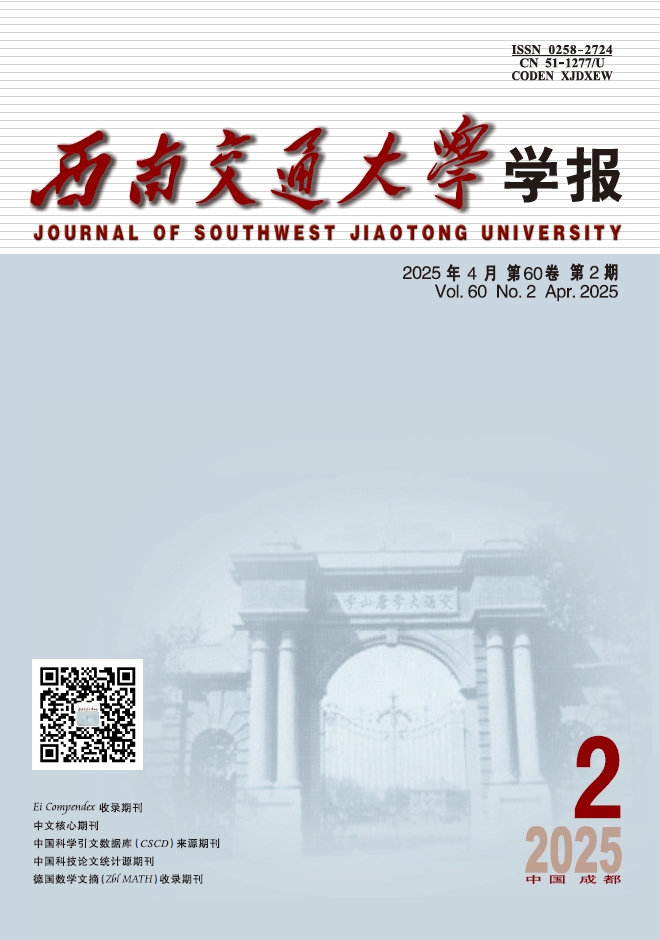2014 Vol. 27, No. 6
Comparative Research on Flat Steel and Damper Strengthening of Straight Type of Tenon-Mortise Joints
2014, 27(6): 981-986,1031.
doi: 10.3969/j.issn.0258-2724.2014.06.008
Abstract:




 Advance Search
Advance Search
 Email alert
Email alert RSS
RSS [Abstract]
[Abstract] Supplements
Supplements [Cited By]
[Cited By]